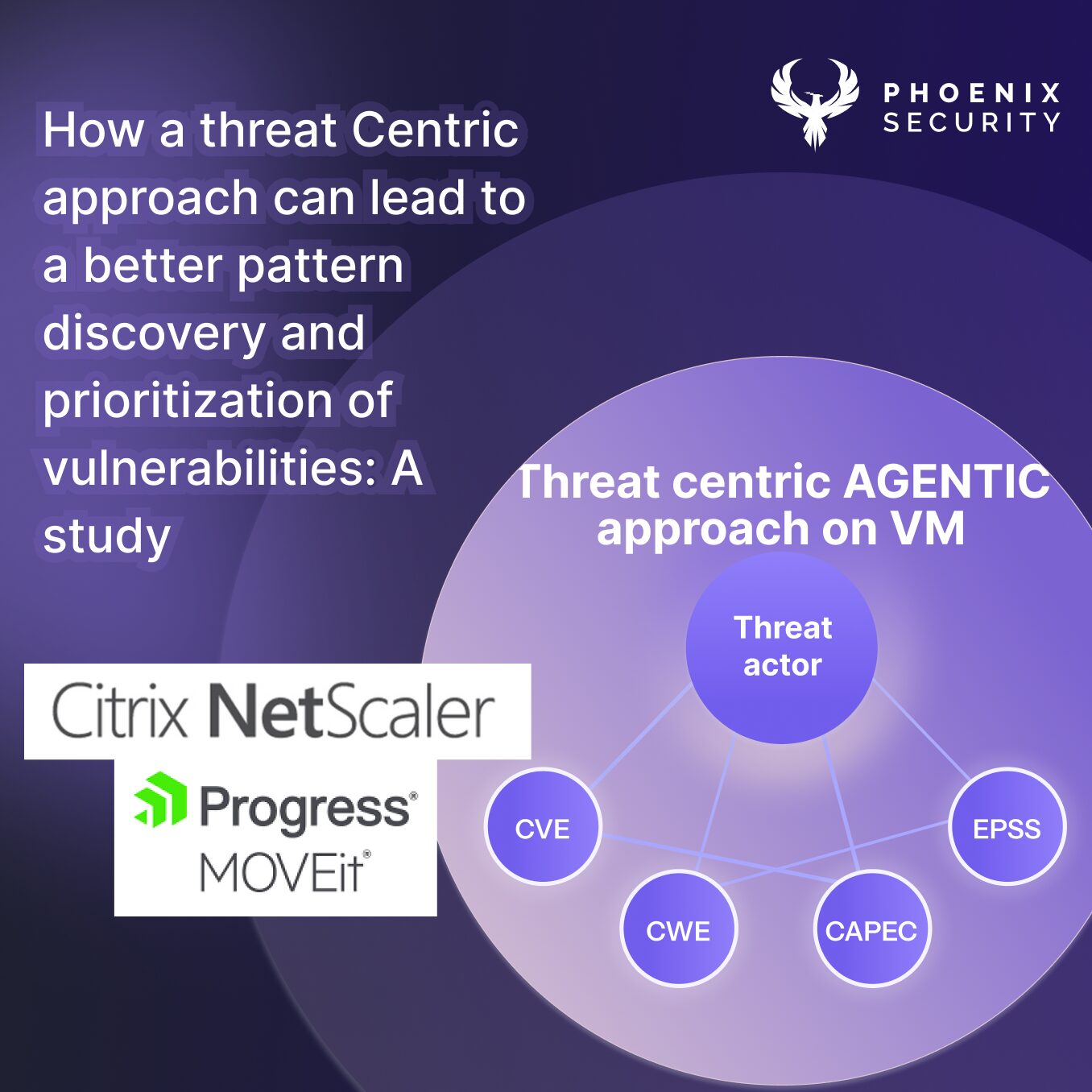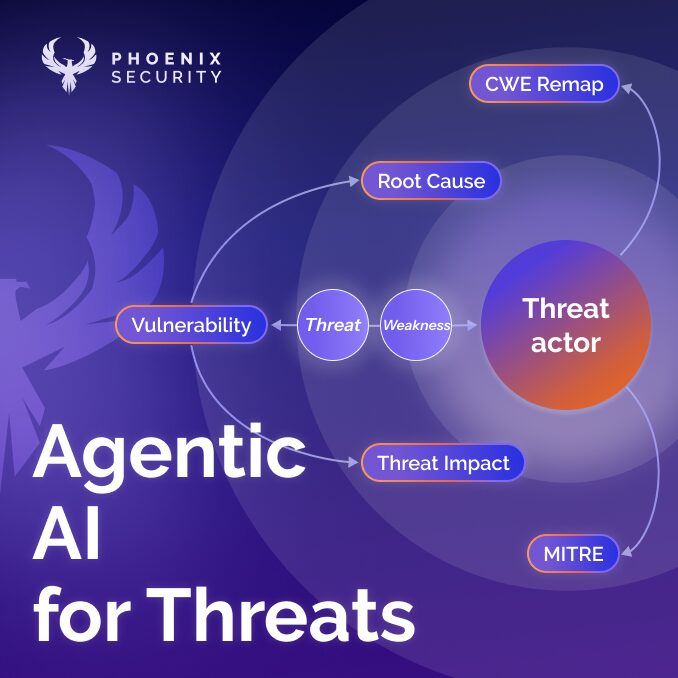Shift Left has heavily influenced the world of Application security vulnerability management; we will focus on this article on shift smart, and how this new trend word is the evolution of shift left. The shifting left approach is the method o embedding security tools early in the pipeline and surfacing vulnerabilities as early as possible. This has generated enormous advantages and visibility but also created a massive sea of vulnerabilities.
What is Shift-Left, and what does it mean to implement shift-left testing?
Shift-left testing is an approach to software and system testing in which testing is performed earlier in the development lifecycle. It involves moving testing activities to the left side of the project timeline before development is complete. Shift-left testing aims to identify and fix issues as early as possible in the development process, which helps minimize the impact of defects on the final product.
Shift-left testing involves a wide range of testing activities, including unit testing, integration testing, and acceptance testing. By performing these tests earlier in the development process, developers can identify issues more quickly, which allows them to fix them before they become larger, more costly problems.
Why is shift left testing important?
Shift-left testing is important for several reasons. First and foremost, it helps improve the final product’s overall quality. By identifying and fixing issues earlier in the development process, developers can ensure that the final product is more stable, reliable, and secure.
Shift-left testing is also important for reducing development costs. When issues are identified and fixed earlier in the development process, it can help reduce the rework required later on. This can minimize development costs and shorten development timelines.
Finally, shift-left testing is important for improving the overall efficiency of the development process. By identifying and fixing issues earlier in the development process, developers can work more efficiently, which helps to minimize delays and increase productivity.

What is the history of Shift Left Testing
Shift-left testing was coined by Larry Smith in 2001 as part of the maxim “test early and often”. Since then, it has become an increasingly popular approach to software development, particularly in agile development environments.
The shift-left approach is based on the idea that testing should be an integral part of the development process rather than a separate activity that occurs after development is complete. By integrating testing into the development process, developers can identify and fix issues more quickly, which helps to improve the overall quality of the final product.
Shift-left testing has become an essential part of modern software development practices. It helps ensure that software is of the highest quality, delivered on time, and within budget.
What are the Limitations of Shift-Left Testing?

Shift-left testing has led to a decentralisation problem where the focus is primarily on development and testing. This has resulted in poor coordination between the development and operation teams, leading to a disconnect between identifying and fixing issues.
Broken Link between Development and Operation
Shift-left testing has also broken the link between development and operation. Issues that arise during operation are often ignored, leading to vulnerabilities in the system.
Lack of Coordination with the Business
Another limitation of shift-left testing is the need for coordination with the business. The business has a specific level of risk they are willing to operate, which needs to be considered during the development process.
Feasibility of Fixing all Vulnerabilities
Fixing all vulnerabilities is not feasible, and a risk-based approach is essential to ensure that the business can operate at an acceptable level to all stakeholders.
What is shift right how it differ from Shift Left

What is Shift-Right Testing
Shift-right testing is an approach where testing is performed after deployment. It allows teams to identify and fix issues during operation, ensuring that vulnerabilities are addressed.
Benefits of Shift-Right Testing
Shift-right testing enables teams to monitor and analyze system behaviour in real time, allowing for proactive risk management. It also allows for quick identification and resolution of issues that may arise during operation.
What is shift left and shift right testing
Integrating shift-right testing with shift-left testing allows for a more holistic approach to software development. It enables teams to identify and fix issues earlier in the development process while also addressing issues that arise during

What is shift smart? What is Shift-Everywhere?
The shift-everywhere methodology is a holistic software development approach that combines shift-left and shift-right testing methodologies. It involves integrating testing activities throughout the development process, from development and testing to deployment and operation.
The shift-everywhere methodology emphasizes identifying and fixing issues throughout the entire software development lifecycle. This approach aims to create a seamless connection between development, testing, and operation, to ensure that issues are addressed proactively in real time.
Why is shift smart and shift everywhere important?
The shift-everywhere methodology is important for several reasons. First, it enables teams to identify and fix issues earlier in the development process, which helps to minimize the impact of defects on the final product. By detecting issues early, teams can prevent these issues from becoming larger, more costly problems later on.
Second, the shift-everywhere methodology promotes a more collaborative approach to software development. Integrating testing activities throughout the entire development process, it helps to break down silos between development, testing, and operation teams. This collaboration can improve communication, better decision-making, and more efficient software development.
Finally, the shift-everywhere methodology helps to promote a more agile approach to software development. By identifying and addressing issues in real time, teams can work more efficiently and effectively, which can help to reduce development costs and shorten development timelines.

How to Implement Shift-Everywhere
To implement a shift-everywhere methodology, teams must focus on three key areas: people, processes, and tools. The team must work together to create a connection between security, development and business with tools to accelerate the processes that consume a lot of time:
- Comparing vulnerabilities reports
- Analyzing and triaging vulnerabilities
- Reporting on SLA and risk
- Business impact assessment and contextual application security
- Correlation of Vulnerabilities and cyber threat intelligence
- Creation of security tickets of high quality for developers
Security and development teams must work together to define clear roles and responsibilities, establish consistent processes and procedures, and select and use the right tools for the job.
Regarding people, it’s important to establish a culture of collaboration where teams are encouraged to work together and share knowledge and ideas. A security champion process with clear process, scorecard, and metrics aided by technology goes further than any technology-only initiative.
Regarding processes, teams must establish a consistent approach to testing throughout the development process. This can involve establishing clear testing objectives, creating test plans and scripts, and conducting regular testing activities throughout the development lifecycle.
Testing alone won’t aid security and development teams without the right reporting up. Is critical to have a clear mandate from the business on the objectives (from a risk perspective) and what that translates into, weekly, daily, as tasks for the engineering team. A risk-based approach to vulnerability management with compensating controls and risk exception is key to this cornerstone part.
Finally, teams must select and use the right tools to support their testing activities. This can involve automated testing tools, performance monitoring tools, and other tools that help streamline testing activities and improve overall efficiency.
Risk-Based Approach

A risk-based approach is a methodology that involves assessing and managing risks throughout the software development lifecycle. This approach involves identifying potential risks, evaluating the likelihood and impact of these risks, and implementing measures to mitigate or manage these risks.
In software development, a risk-based approach involves identifying potential vulnerabilities and threats throughout the development process and proactively addressing these issues.
What is the importance of the Risk-Based Approach?
A risk-based approach is important for several reasons. First, it helps to ensure that software is developed to minimise risk and maximise security. By identifying potential vulnerabilities and threats early in the development process, teams can take steps to address these issues before they become larger, more costly problems.
Second, a risk-based approach can reduce development costs and shorten development timelines. By identifying and addressing issues early, teams can prevent delays and minimize the need for rework later on.
Finally, a risk-based approach is important for ensuring compliance with regulations and standards. Many industries have strict regulations and standards that must be adhered to, and a risk-based approach can help ensure that software development practices align with these requirements.
How to Implement a Risk-Based Approach
To implement a risk-based approach, teams must aggregate all the vulnerabilities centrally. Once the vulnerabilities are identified, clear prioritization and deduplication must occur to reduce noise generation. Process and metrics must be agreed upon with the business once the risk baseline is defined. Teams must perform calibration of risk-based objectives to adjust to the speed of the business. Security teams can also help the development team with insights and identify trends, potential risks and vulnerabilities.
Conclusion

In conclusion, while shift-left testing has improved software development practices, it is not a panacea for all development issues. While fixing vulnerabilities early in the lifecycle is important, it must be balanced with a shift-right approach that identifies issues in operation and broken linkages between development and operation. Shift-everywhere or Shift Smart methodology, which combines shift-left and shift-right approaches, can help ensure that issues are identified and addressed throughout the development process, from development and testing to deployment and operation.
However, for a shift-everywhere, Shift Smart methodology to be effective, it must be supported by a risk-based approach that considers the organisation’s specific needs and risk tolerance. Without this shift-up approach, organizations may be doomed to firefighting rather than proactively managing risk and ensuring the success of their software development initiatives.
Therefore, organizations need to come together and agree on the level of security they want to operate at so that the security team, development team, and business can work together to implement a smart, risk-based approach to software development. With the right people, processes, and tools in place, organizations can ensure that they can deliver high-quality software on time and within budget while minimizing risk and improving overall efficiency.
How Phoenix Security Can Help:
In conclusion, Phoenix Security is uniquely positioned to help organizations implement a shift smart/ shift-everywhere methodology combining shift-left and shift-right approaches to software development. With its powerful vulnerability aggregation and monitoring capabilities, Phoenix Security can help organizations identify and address vulnerabilities early in the development process, before they become larger, more costly problems.
Phoenix Security is a platform that collects information from various sources, contextualizes, and prioritizes vulnerabilities from code to cloud.
If you want to know more about Phoenix security and doing vulnerability management at scale, contact us https://phoenix.security/request-a-demo/
Get in control of your Application Security posture and Vulnerability management
Moreover, Phoenix Security’s correlation capabilities can help organizations link the activities in the code with the context in the shift-right part, ensuring that issues are identified and addressed proactively. Using Phoenix Security’s scorecard, organizations can create a common language between the security, development, and business teams, ensuring everyone is aligned and focused on achieving the same goals.
Get in control of your Application Security posture and Vulnerability management
Finally, Phoenix Security’s ability to create risk-based profiles can help organizations translate their security goals into dynamic and smart targets for engineers. By using risk-based profiles, engineers can prioritize their work and focus on the most critical issues, ensuring that they are making the most effective use of their time and resources.
Overall, by leveraging Phoenix Security’s powerful capabilities, organizations can implement a smart, risk-based approach to software development that ensures the success of their initiatives while minimizing risk and improving overall efficiency. With Phoenix Security as their partner, organizations can feel confident that they are taking a proactive approach to software development that is aligned with their business objectives and goals.















